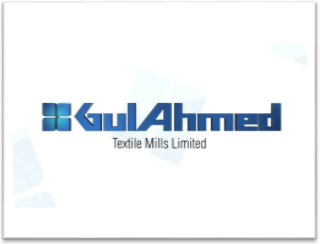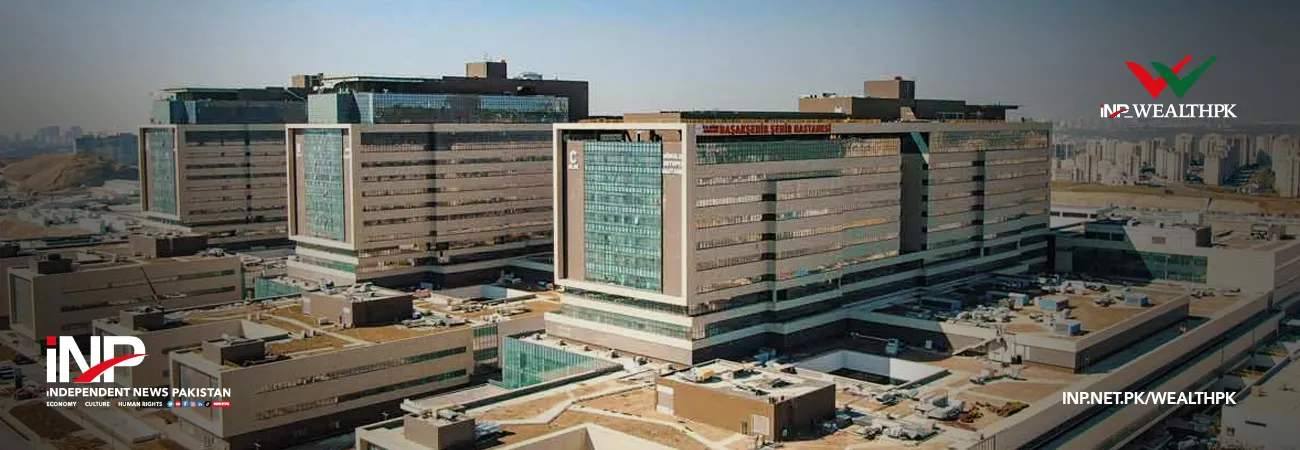آئی این پی ویلتھ پی کے
Ayesha Mudassar
Gul Ahmad Textile Mills Limited (GATM) experienced a significant decline in profitability during the first quarter of the ongoing fiscal year 2024-25, posting a 66% decrease in pre-tax profit and a 40% drop in post-tax profit compared to the same period of the previous fiscal, reports WealthPK.

The decline in profits was primarily driven by rising power costs, uncertainty regarding the availability of natural gas and the volatility in global cotton prices. The company registered a pre-tax profit of Rs206.1 million and a post-tax profit of Rs356.9 million for 1QFY25. This translated into earnings per share (EPS) of Rs0.48, down from Rs0.81 in 1QFY24. On a positive note, GATM reported sales of Rs42.07 billion in 1QFY25 compared to Rs35.6 billion in 1QFY24, representing 18% growth. This increase underscores the effectiveness of the management’s strategic initiatives, including timely investments and leveraging both export and domestic market opportunities.
However, the company’s cost of sales rose by 22%, driven primarily by higher material costs, increased energy expenses, and an upward adjustment in minimum wages. Gul Ahmed Textile Mills was incorporated in Pakistan on April 01, 1953, as a private limited company and was subsequently converted into a public limited company on January 07, 1955. The company is a composite textile mill engaged in the manufacture and sale of textile products. As of June 30, 2024, Gul Ahmad Textile Mills had 740 million shares distributed among 7,693 shareholders.
Joint stock companies held a majority stake of 69.2% followed by individuals, who possessed 16.3% of the company's ownership. Around 7.9% of the company's shares were owned by financial institutions, while investment companies & mutual funds held a 5.1% stake. Insurance companies accounted for 1.2% of GATM’s shares. The remaining ownership was held by other categories of shareholders, including charitable institutions and government departments.
Historical performance (FY19-24)
GATM has demonstrated a consistent upward trend in its top line, except in FY20. However, its bottom-line experienced declines in FY20 and FY23. In FY19, the company's top line grew by 26% year-on-year (YoY) due to strong demand in both local and export markets. The year concluded with a 25% increase in gross profit and a 74% rise in net profit, which reached Rs11.9 billion and Rs3.6 billion, respectively. The profit-before-tax also grew from Rs2.3 billion in FY18 to Rs4 billion in FY19. The onset of the Covid-19 pandemic in FY20 led to a 6% YoY decline in sales, attributed to weak demand and epidemic-related restrictions.
As a result, GATM's gross profit dropped by 24%, and the company reported a net loss of Rs479 million for the year. In FY21, GATM experienced a recovery, with sales increasing by 46% YoY due to a rebound in both local and export markets. The company’s gross profit grew to Rs12.8 billion, while its net profit rose to Rs4.4 billion. Despite macroeconomic challenges and political uncertainty in FY22, the company benefited from a substantial rupee devaluation, which bolstered its export sales. This led to a 27% increase in top line growth and a 100% rise in net profit, which reached Rs8.8 billion.
In FY23, GATM’s top line registered a modest 10% increase. However, rising raw material costs, local currency depreciation, and higher utility expenses contributed to a 4% decline in gross profit. Additionally, the net profit fell by 55%, closing the year at Rs3.9 billion. In FY24, the company achieved a top line growth of 28%. This increase was driven by a higher volume of export orders and favourable exchange rate movements. Its net profit for the year grew by 19%, reaching Rs4.7 billion with earnings per share (EPS) of Rs6.39.
Credit: INP-WealthPk












